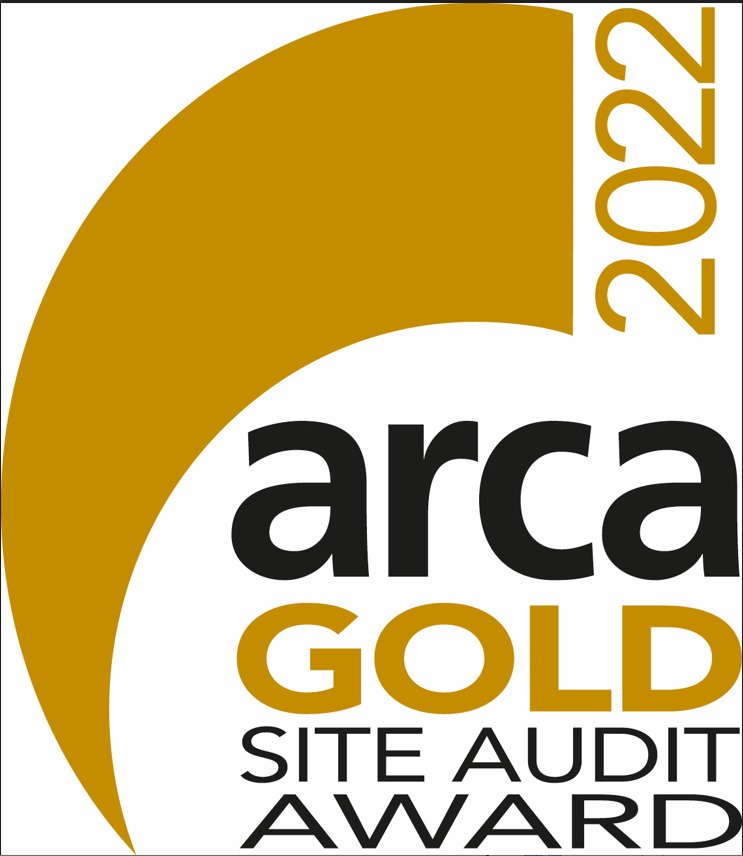Land Remediation involves the removal of contaminated soil (or aggregates) and replacement with clean, safe materials. It is usually necessary when brownfield land (which was used heavily during the industrial revolution) is converted into use for new properties. This also prevents a negative effect on human health and the environment. It may be necessary for a number of applications where asbestos or other hazardous materials and chemicals are found in the soil. This would include building or environmental projects.

Over the past five decades there has been increased pressure on councils and developers to use Brownfield land for building homes and infrastructure. As a result, some pieces of land (which may have previously been subject to commercial premises or demolished on site) may contain soil which is contaminated.
Land Remediation involves contaminated soil removal soil from a site. If necessary a hi-visibility protective membrane (geotextile) can be installed before remedial work takes place. The hazardous waste is removed to a specialist area utilising one of our approved waste management companies. Asbestos litter picking may also take place, if required. Once the contaminated soil is removed it may be necessary to back-fill the area with clean materials.
How we Help with Contaminated Land Remediation
We are experts in land remediation and offer a full range of services from initial review to on-going management controls. It is understood that there isn’t a ‘one size fits all’ remedy for every project. We can provide a full service from initial Waste Acceptance Criteria (WAC) testing to replacing contaminated soil with inert materials.
Things we can do:
- Carry out a complete review of the project requirements
- Complete a ground investigation study
- Conduct site sampling including soil and debris testing
- Development of Project Specific Remediation Strategies
- Implement the Remediation Strategy and maintain Compliance
- Provide Risk Assessments and Method Statements
- Provide R&D Surveys where required
- Site Monitoring
- Verification and Validation of Remedial Works
- Apply on-going management controls
We are experienced in problem-solving remediation projects of all scopes. Our forward-thinking approach ensures that all works are carried out in a manner which has the potential for additional exposure in the future.
We adopt tried and tested methods to reduce unnecessary contamination during works.
Land Remediation projects

In 2016, we were approached by a large contractor to assist with contaminated soil at a 2.5-acre site. The WAC test for the soil confirmed a number of contaminants including many different types of asbestos. The site was earmarked for development by a major supermarket chain but no construction works could take place until the contaminated soil had been removed from the site.
We provided a number of fully trained asbestos Operatives to dig trenches to remove all contaminated soil in a dig and dump fashion, with hundreds of tons of contaminated soil being removed from the site via our approved Waste Management contractors. Waste Consignment Notes were then supplied to the contractor daily.
During removal works surfactant and water were sprayed utilizing a dust control unit to control potential asbestos fibre release.
Once all contaminated soil was removed from the site, a geotextile barrier was installed before aggregate was poured into the relevant trenches. This completes the corrective process.
Plant was provided by us including excavators, dumpers, breakers. All labour was also supplied by Ashbee as well as PPE and RPE. We can also provide trained Operatives for asbestos litter picking of contaminated materials on a daily or weekly rate if required.




